[mtouchquiz 1]
[mtouchquiz 2]
[quiz-cat id=”5072″]
[WATU 2]
[slickquiz id=1]
[mtouchquiz 1]
[mtouchquiz 2]
[quiz-cat id=”5072″]
[WATU 2]
[slickquiz id=1]
There is an abundance of stories about Roman Britain, many focusing on the Celts versus Romans theme.
More to come…
We have been exploring our family history.
An important part of discovering your family history is asking questions.
I have created some profile sheets to be used to pull together some basic facts about family members.
These can form the basis of a family history file – with a form for each known member of the family. Find out the answers by asking the person, or if they aren’t available or are deceased, then ask other family members to help fill out the forms.
Part 1:
Includes basic information about a person,and their relationships.
Part 2:
Comes in two versions. One is a simply a sheet to start writing interesting stories about the person. The second version is for deceased family members, and includes space for religion and details of their death.
I created two versions so parents can use the simpler one if their children are concerned about family members dying.
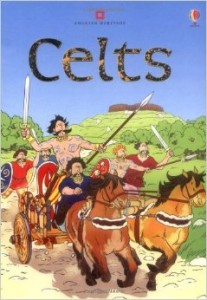 (Usborne Beginners) by Leonie Pratt
(Usborne Beginners) by Leonie Pratt On the Trail of the Celts in Britain by Peter Chrisp (Franklin Watts)
On the Trail of the Celts in Britain by Peter Chrisp (Franklin Watts)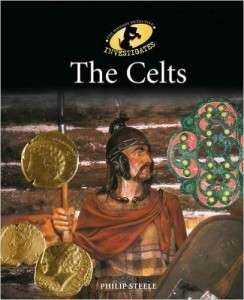 The History Detective Investigates: The Celts by Philip Steele
The History Detective Investigates: The Celts by Philip Steele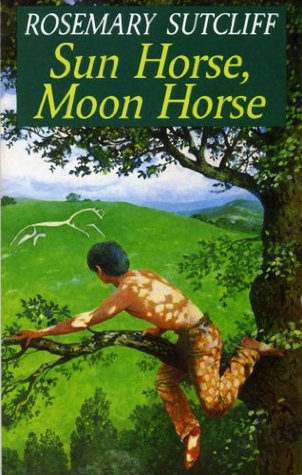
There is very little historical fiction on the Iron Age before the coming of the Romans.
 Sun Horse, Moon Horse by Rosemary Sutcliff
Sun Horse, Moon Horse by Rosemary Sutcliff
Many of the stories from this period are viewed through Irish and Welsh mythology – the surviving tales written down in medieval times.
Each November celebrates Picture Book Month.
On the Picture Book Month website, and through its email newsletter you can find out about many different people’s ideas for why picture books are important.
Here though I’d like to share some of our favourite picture books based on the topics in this year’s Picture Book Month calendar.

by Anik McGrory
Many picture books feature a character in the form of an animal, but that are in essence people. We on the other hand have a fondness of picture books about animals, that mostly show the animals as themselves.  Hence our love of the Nature Storybooks.
Kidogo is somewhere in between. A little elephant who feels dwarfed by the world around him. We particularluy love the trail of interesting savannah animals he meets on his way.
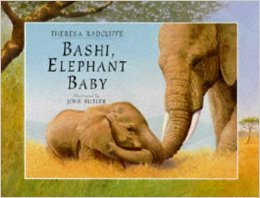 Bashi, Elephant Baby
Bashi, Elephant Babyby Theresa Radcliffe (Author), John Butler (Illustrator)
The story of a newborn elephant’s first days in the wild. Always great to find a book that reflects the real life stories of an animal. We haven’t yet read this one, but we really enjoy The Snow Leopard, by the same author and illustrator. The images are beautiful, really evoking the landscape and a close intimacy with the animal itself. John Butler’s illustrations are definitely in the realm of wildlife artist and they really stand out for their detail, and character.
See more of John Butler’s work
See Bashi, Elephant Baby on Amazon
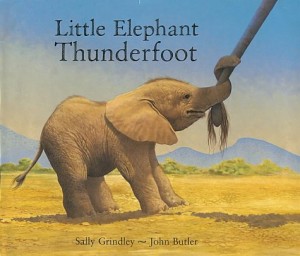 Little Elephant, Thunderfoot
Little Elephant, Thunderfootby Sally Grindley (Author), John Butler (Illustrator)
Another animal story beautifully illustrated by John Butler. This time written by Sally Grindley. Newborn Thunderfoot starts to explore his world, getting to grips with everyday family life. But his herd faces tragedy. This book deals with issues of death and poaching.
See more of John Butler’s work
See Little Elephant, Thunderfoot  on Amazon
 Off to Market
Off to MarketThis year in the library we discovered this charming picture book about a bus journey in Africa.
The bus is off to market today. Everyone wants to get on. The pictures are full of lively little details, and we had great fun spotting all the different people, and things getting on the bus. It is a morality tale about how taking the initiative and helping others can overcome problems.
Whenever we are looking at a topic I find that I end up looking to see if there is an Eyewitness book (or Eyewitness Guide) on the subject, and if I see one in a charity shop then I will inevitably buy it. Though it has to be said that at least so far this is far more for my benefit than my daughters’.
This series covers a wide range of subjects. They successfully walk a fine line between being very visual and being very detailed. The spreads break up information into one main section. And the rest of the page features bite-size text and lots of photographs, often of artefacts. With over 60 pages these books go into lots of detail of different aspects of the topic covered.
We recommend these for adults getting to grips with a subject and for older children. For younger children (pre-teen) we find that they are too detailed, unless a child has a particular passion for the subject. They might however suit a visual child, or one with a particular interest in physical things at a younger age.
Here I’ve gathered a few links to resources on the Ottoman Empire
Daily Life in Ancient and Modern Istanbul (Cities through time), by Robert Bator (Author), Chris Rothero (Illustrator)
There isn’t much available on Ottomans and Istanbul, but this is a great book. It is packed with information charting the history of the city Byzantium/Constantinople/Istanbul.
It is aimed at older children, and confident readers, but we found it an informative reference for adults, and accessible enough to read parts out to younger children, for whom the whole book would have been too much. It has sections of fairly dense text, but this is balanced out by large, beautiful illustrations. Includes a timeline.
It is comprehensive, with recounting key events in the city’s history, and with lots of details of daily life.

Although one of the world’s longest running and most powerful empires we haven’t found much on the Ottoman Empire. But we have found a couple of gems.
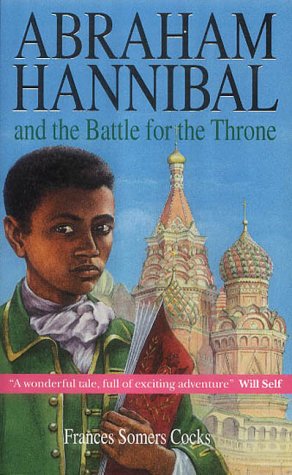 Abraham Hannibal and the Battle For the Throne
Abraham Hannibal and the Battle For the ThroneThe second book in the Abraham Hannibal series, this quirky, Â fascinating book explores life as a slave gardener in the palace of the Ottoman Sultan in the early 1700s.
Read full review of Abraham HannibalÂ
 Leyla: The Black Tulip (Girls of Many Lands)
Leyla: The Black Tulip (Girls of Many Lands)Set in 1720′s this charts the story of a young girl tricked into slavery and taken to the Sultan’s palace in Istanbul, the heart of the Ottoman Empire.


By Alev Lytle Croutier
Set in 1720’s this charts the story of a young girl tricked into slavery and taken to the Sultan’s palace in Istanbul, the heart of the Ottoman Empire.
We really enjoyed the way the book balances the hardships of slavery with the security and opportunity of the harem. Leyla is desperately poor and the harem provides her with a living, but at the price of her freedom and family. It manages to avoid the harem cliché of women competing for the sultans’s favours and focuses on the ordinary everyday life of women in harem. It glosses over the reality of the eunuchs, but with enough details to make it realistic enough for those with some understanding – a cleverly balanced line that allows for further examination of these issues, or not, depending on your own judgement.  The authors’ expertise on the harem shines through. The focus on the gardens and the tulip provide another layer of historical interest that gives the book an additional flavour.
See on Amazon